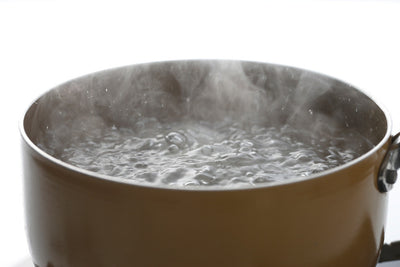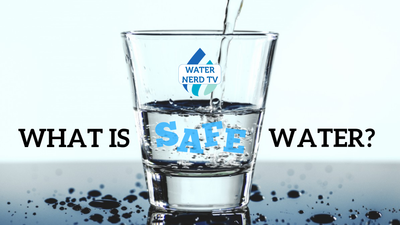Analies Dyjak | Policy Nerd
Updated July 26, 2019 to include current data
For Hydroviv’s assessment of the city of Cleveland's drinking water issues, we aggregated water quality test data from Cleveland Water, U.S. Environmental Protection Agency and supplemental health information. We cross referenced the city’s water quality test data with toxicity studies in scientific and medical literature. The water filters that we sell at Hydroviv are optimized to filter out contaminants that are found in Cleveland’s drinking water
Where Does Cleveland Source its Drinking Water?
Cleveland sources its drinking water from four intake locations in Lake Erie’s Central Basin. Water is collected 3-5 miles offshore, where it is believed to be cleaner than surrounding shore locations. Cleveland Water treats and delivers 300 million gallons of water to residents throughout the city.
Chromium 6 In Cleveland's Drinking Water
Chromium 6 is a highly toxic metal that is currently unregulated by the EPA. Chromium 6 pollution is associated with metal processing, tannery facilities, chromate production, stainless steel welding, and pigment production. In recent years, Chromium 6 concentrations were as high as 103 parts per trillion, which is over the former California Health Goal of 20 parts per trillion. EPA has acknowledged that Chromium 6 is a known human carcinogen through inhalation, but is still determining its cancer potential through ingestion of drinking water. Lung, nasal and sinus cancers are associated with Chromium 6 exposure. Acute respiratory disease, cardiovascular, gastrointestinal, hematological, hepatic, renal, and neurological distress are health effects associated with high levels of chromium 6 exposure.
Lead In Cleveland's Drinking Water
Lead is also of concern in Cleveland, Ohio. The 90th percentile in Cleveland drinking water is currently 1.84 parts per billion. That being said, the water utility only sampled 55 sites. The extremely small sample population is not representative of the actual scope of the lead problem in Cleveland. Lead enters tap water through old lead service pipes and lead-containing plumbing. Treated water leaving the plant may be in compliance with loose EPA standards, but could become contaminated once it enters older infrastructure. Houses built before 1986 were most likely built with lead plumbing and lead fixtures. Environmental Protection Agency, Center for Disease Control, and American Academy of Pediatrics all recognize that there is no safe level of lead for children between the ages of 0-5. Lead exposure can cause developmental issues, lowered IQ, and damages to the kidneys and brain. Any threshold of lead concentration is not safe for infants and young children. Health organizations have noted that any concentrations of lead when ingested by adults could cause adverse health effects.
It’s important to note that only a handful of contaminants are required to be included in annual Consumer Confidence Reports, and that there are hundreds of potentially harmful unregulated contaminants that aren’t accounted for. If you’re interested in learning more about water filters that have been optimized for Cleveland’s water quality, feel free to visit www.hydroviv.com to talk to a Water Nerd on our live chat feature or send us an email at hello@hydroviv.com.
Other Articles We Think You Might Enjoy:
5 Things To Know About Chromium 6 In Drinking Water
Lead In Drinking Water
Chloramine In Drinking Water





